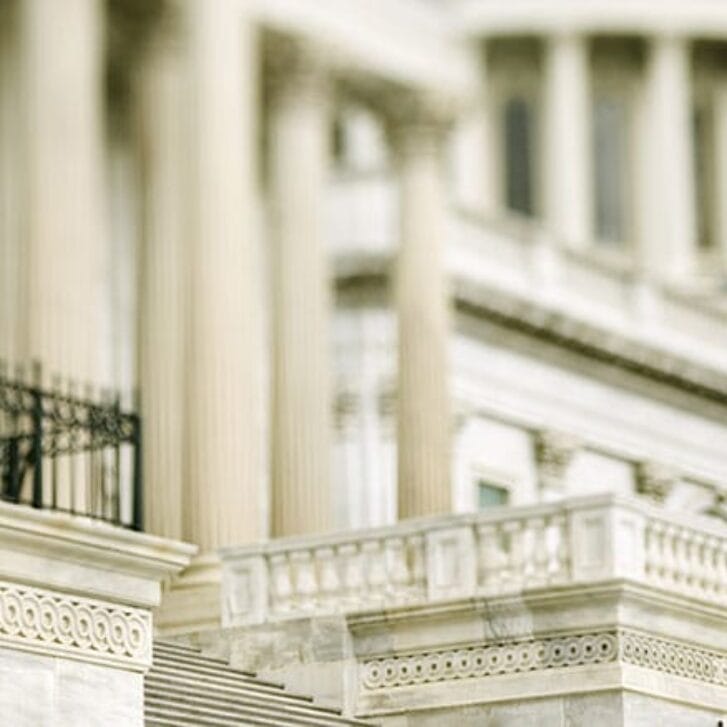No Panacea for High Health Care Costs
Price transparency—the ability to know the price of something before buying—is a mainstay of most markets. It has been touted as a way to reduce health care spending by enabling a new breed of cost-conscious consumers to comparison shop for care. A new JAMA study suggests that it might not be that simple.
The study, by former LDI Fellow Sunita Desai and colleagues, finds that employees with access to a price transparency tool rarely use it in the first year, and when they do, they spend more on outpatient services than employees in companies not offering the tool. The tool gave employees information on their out-of-pocket costs for services from different physicians, hospitals, or other clinical sites. Using a matched difference-in-differences design, the authors find that, after adjusting for demographic and health characteristics, the availability of the tool was associated with an average increase of $59 in outpatient spending, and an increase of $18 in out-of-pocket spending.
What’s going on here? In an accompanying editorial, LDI Senior Fellow Kevin Volpp provides some perspective. First, he notes that only 10% of employees used the tool in the first year, and that a tool will not have its desired effect on spending if it is not used. The authors were able to track one company for 26 months after the tool’s introduction, and found that use increased to 18%. This raises the possibility that use of the tool is following a normal diffusion of innovation curve, with a more rapid adoption soon to follow.
Importantly, Volpp also suggests that in the absence of quality information, users may use price as a proxy for quality. To me, this makes a lot of sense. Imagine trying to pick a hotel in Colonoscopy-ville, where you don’t know the language and you only have access to price. It is entirely reasonable that you will pick the higher-priced hotel, assuming that higher price means higher quality. And if someone else, say, your employer, is picking up the tab? You will be even more likely to pick the higher-priced hotel.
In the study, most of the users of the tool searched for services that were pricier than the highest deductible. We should not be surprised at the result, as Volpp explains:
The likely effect of providing information on price for services priced higher than consumers’ deductibles has been missed in much of the discussion around price transparency tools. If patients are comparing services based on price for which their share of the cost is $0, the use of a price transparency tool may lead directly to patients selecting the higher-cost options given their likely perception that higher price is a proxy for higher quality and the lack of an incentive to price shop.
Volpp and other commentators rightly question how comfortable or willing patients are to act like consumers in medical markets. It may be the case that on the trip to Colonoscopy-ville, most patients want to follow the advice of that knowledgeable and trusted travel agent.
Although there is general agreement that price transparency is a good thing, in health care as in other markets, the latest study puts a damper on hopes that it can reduce or control health care spending. As Volpp notes, it’s no panacea.
Editor’s note: This post originally appeared on the Leonard Davis Institute of Health Economics’ Health Policy$ense Blog. View the original post here.

























